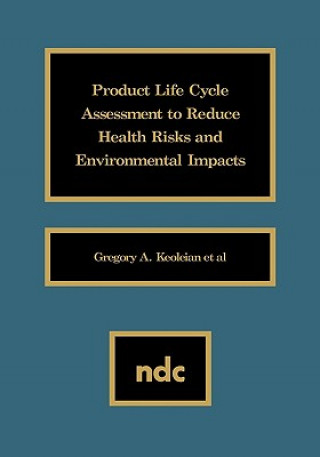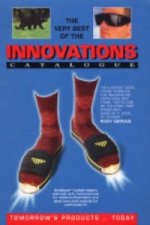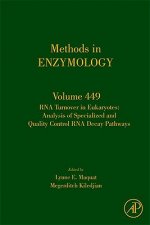
Delivery
Shopping guide





Doesn't suit? No problem! You can return within 30 days
 Gift voucher
any value
Gift voucher
any value
You won't go wrong with a gift voucher. The gift recipient can choose anything from our offer.
Product Life Cycle Assessment to Reduce Health Risks and Environmental Impacts
 English
English
 225 b
225 b
30-day return policy
You might also be interested in


Life cycle design is a proactive approach for integrating pollution prevention and resource conservation strategies into the development of more ecologically and economically sustainable product systems. Cross media pollutant transfer and the shifting of other impacts can be avoided by addressing the entire life cycle, which includes raw materials acquisition, materials processing, manufacturing and assembly, use and service, retirement, disposal and the ultimate fate of residuals. The goal of life cycle design is to minimize aggregate risks and impacts over this life cycle. This goal can only be attained through the balancing of environmental, performance, cost, cultural, legal, and technical requirements of the product system. Concepts such as concurrent design, total quality management, cross- disciplinary teams, and multi-attribute decision making are essential elements of life cycle design that help meet these goals.The framework for life cycle design was developed to be applicable for all product domains. It was written to assist not only design professionals but all other constituents who have an important role in life cycle design including corporate executives, product managers, production workers, distributors, environmental health and safety staff, purchasers, accountants, marketers, salespersons, legal staff, consumers, and government regulators. A coordinated effort is required to institute changes needed for successful implementation of life cycle design. Part I seeks to promote the reduction of environmental imparts and health risks through a systems approach to design. The approach is based on the product life cycle, which includes raw materials acquisition and processing, manufacturing, use/service, resource recovery, and disposal.A life cycle design framework was developed to provide guidance for more effectively conserving resources and energy, preventing pollution, and reducing the aggregate environmental impacts and health risks associated with a product system. This framework addresses the product, process, distribution, and management/information components of each product system. Part II describes the three components of a life cycle assessment (inventory analysis, impact analysis, and improvement analysis) as well as scoping activities, presents a brief overview of the development of the life cycle assessment process, and develops guidelines and principles for implementation of a product life cycle assessment.The major states in a life cycle are raw materials acquisition, manufacturing, consumer use/reuse/maintenance, and recycle/waste management. The basic steps of performing a life cycle inventory (defining the goals and system boundaries, including scoping; gathering and developing data; presenting and reviewing data; and, interpreting and communicating results) are presented along with the general issues to be addressed. The system boundaries, assumptions, and conventions to be addressed in each stage of the inventory are presented.
About the book
 English
English




 How to shop
How to shop
































